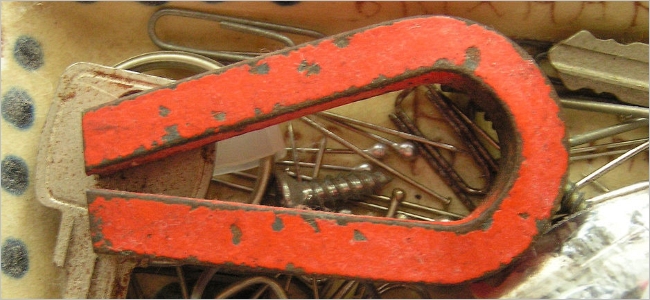How To Load A Dmg On A Hard Drive
Feb 23, 2016 A user of an Intel Mac running Windows with Boot Camp in need of accessing the files on the Mac OS X hard drive. Linux users might find use for opening.dmg /.sparsebundle files.
How To Load A Dmg On A Hard Drive Download
.png)
How To Load A Dmg On A Hard Drive Windows 7
Basics of File Recovery
Files in Trash
If you simply put files in the Trash you can restore them by opening the Trash (left-click on the Trash icon) and drag the files from the Trash to your Desktop or other desired location. OS X also provides a short-cut to undo the last item moved to the Trash -press COMMAND-Z.
If you empty the Trash the files are gone. If a program does an immediate delete rather than moving files to the Trash, then the files are gone. Recovery is possible but you must not allow any additional writes to the hard drive - shut it down. When files are deleted only the directory entries, not the files themselves, is modified. The space occupied by the files has been returned to the system as available for storage, but the files are still on the drive. Writing to the drive will then eventually overwrite the space once occupied by the deleted files in which case the files are lost permanently. Also if you save a file over an existing file of the same name, then the old file is overwritten and cannot be recovered.
General File Recovery
If you stop using the drive it's possible to recover deleted files that have not been overwritten with recovery software such as Data Rescue II, File Salvage or TechTool Pro. Each of the preceding come on bootable CDs to enable usage without risk of writing more data to the hard drive.
The longer the hard drive remains in use and data are written to it, the greater the risk your deleted files will be overwritten.
Also visit The XLab FAQs and read the FAQ on Data Recovery.
Files in Trash
If you simply put files in the Trash you can restore them by opening the Trash (left-click on the Trash icon) and drag the files from the Trash to your Desktop or other desired location. OS X also provides a short-cut to undo the last item moved to the Trash -press COMMAND-Z.
If you empty the Trash the files are gone. If a program does an immediate delete rather than moving files to the Trash, then the files are gone. Recovery is possible but you must not allow any additional writes to the hard drive - shut it down. When files are deleted only the directory entries, not the files themselves, is modified. The space occupied by the files has been returned to the system as available for storage, but the files are still on the drive. Writing to the drive will then eventually overwrite the space once occupied by the deleted files in which case the files are lost permanently. Also if you save a file over an existing file of the same name, then the old file is overwritten and cannot be recovered.
General File Recovery
If you stop using the drive it's possible to recover deleted files that have not been overwritten with recovery software such as Data Rescue II, File Salvage or TechTool Pro. Each of the preceding come on bootable CDs to enable usage without risk of writing more data to the hard drive.
The longer the hard drive remains in use and data are written to it, the greater the risk your deleted files will be overwritten.
Also visit The XLab FAQs and read the FAQ on Data Recovery.


Mar 4, 2009 12:04 PM